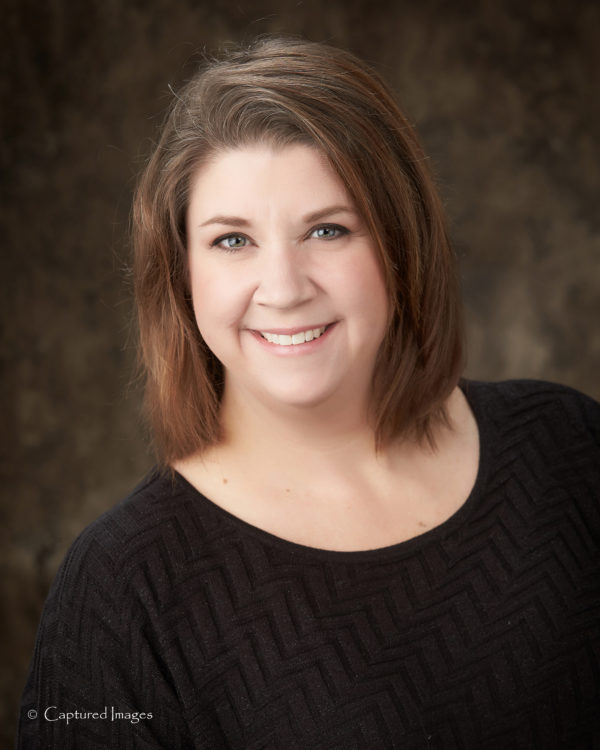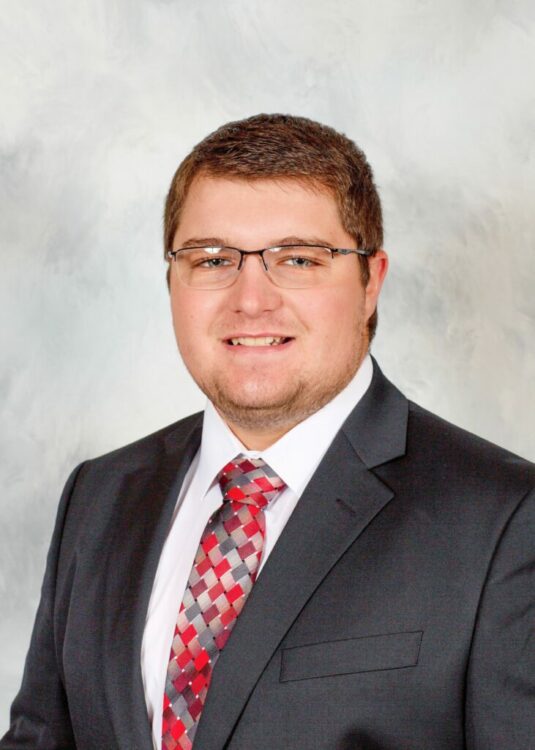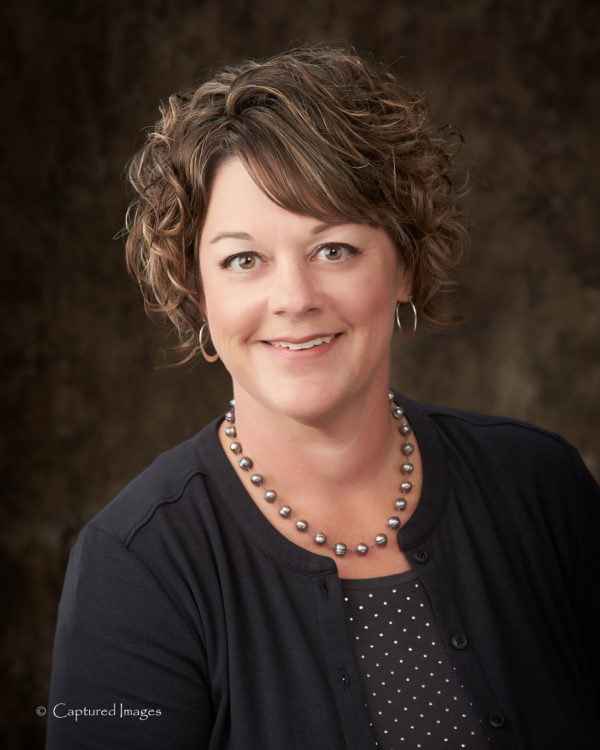
Family and Consumer Science Extension Agent
Adult Development and Aging
Family Resource Management
K-State Research and Extension
Southwind Extension District
210 S. National
Fort Scott, KS 66701
Office: 620-223-3720
Fax: 620-223-0332
[email protected]
The new year is kicking off with the No Surprises Medical Bills Act, the newest consumer rights and protection law from the federal government. The goal of the act is to create a more transparent, competitive, and fair health system to prevent surprise medical bills.
For Insured Individuals, Protections from Surprise Medical Bills
For people who have health coverage through an employer, Health Insurance Marketplace, or an individual health plan purchased directly from an insurer, surprise billings are common and range from $750 to $2600 in situations such as child birth related care, ER, or surgical services.
First ruling of the Act is the ban of surprise bills any time you receive emergency care and require cost sharing for these services, like co-pays, will always be based on in-network rates, even when care is received without prior authorization. The second rule ban’s surprise bills from certain out-of-network providers if you go to an in-network hospital for a procedure. This means cost sharing for certain additional services during your visit will generally be based on in-network rates. The third item requires providers and facilities to share with consumers easy-to-understand notices that explain the applicable billing protections and who to contact if they have concerns that a provider or facility has violated the new surprise billing protections.
For Uninsured Individuals, Better Advanced Knowledge of Costs
For people who do not have health insurance or pay for care on their own (also known as self-paying), the new rule requires most providers to give a “good faith estimate” of costs before providing non-emergency care.
The good faith estimate must include expected charges for the primary item or service, as well as any other items or services that would reasonably be expected. For an uninsured or self-pay consumer getting surgery, for example, the estimate would include the cost of the surgery, as well as any labs, other tests, and anesthesia that might be used during the procedure.
Uninsured or self-pay consumers who receive a final bill that exceeds the good faith estimate by $400 or more can dispute the final charges.
Consumer Help is Available
Health plans, providers, and facilities will most likely work in good faith to comply with the Act requirements, but problems could arise. Consumers should diligently review their medical claims and bills to recognize when surprise billing protections have not been applied and seek help.
Consumers now have access to tools to appeal certain health plan decisions including a help desk (800-985-3059) and webpage (CMS.gov/nosurprises). Details on polices, resources, and consumer rights and protections are also on the webpage.
There are many details to know about these new protections and medical scenarios it applies to, take time to learn more about it to protect you and your family.
For more information, please contact Joy Miller, Family Resource Management Extension Agent, at [email protected] or by calling 620-223-3720.
# # #
K – State Research and Extension is an equal opportunity provider and employer.







